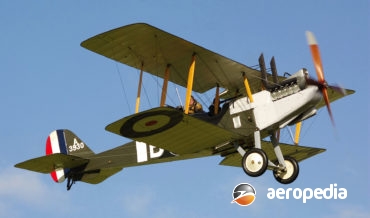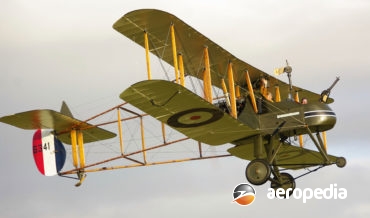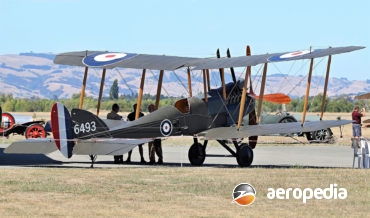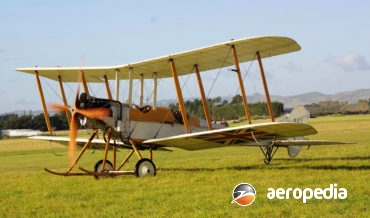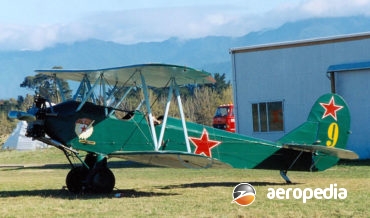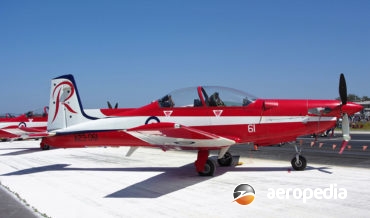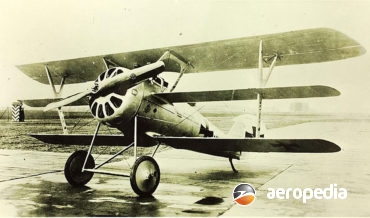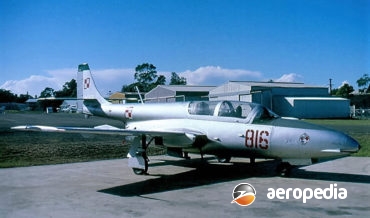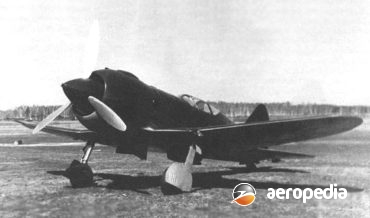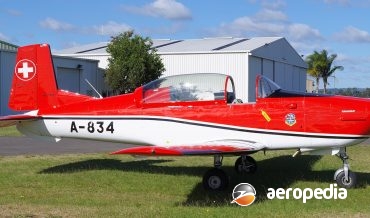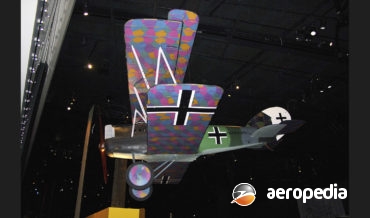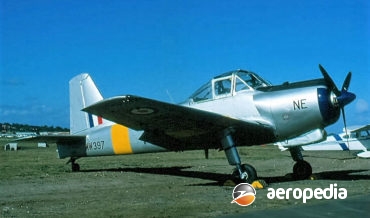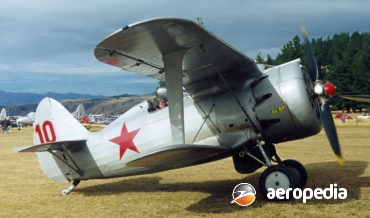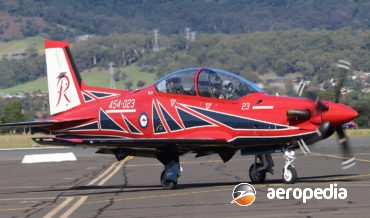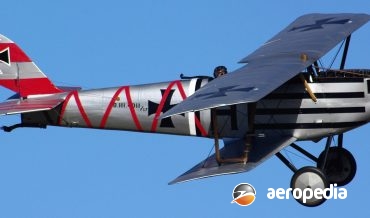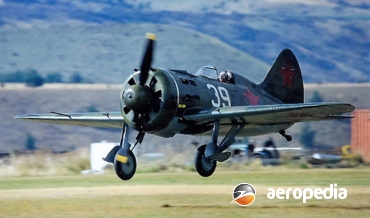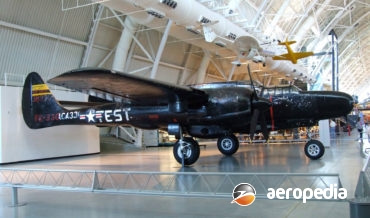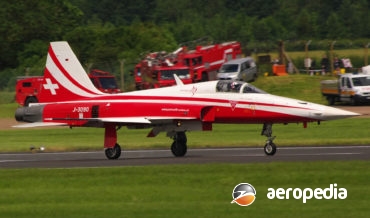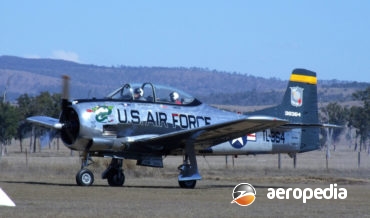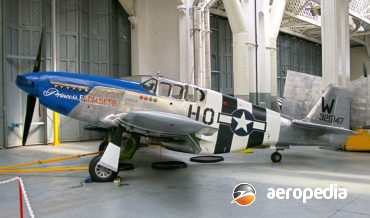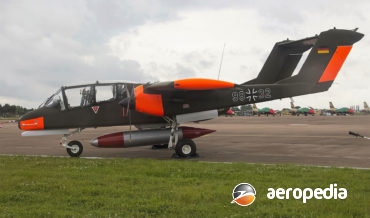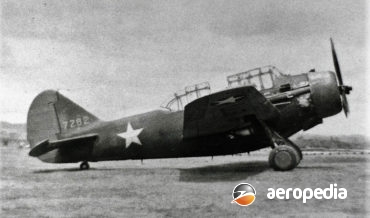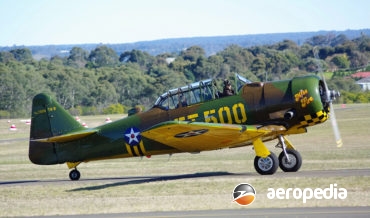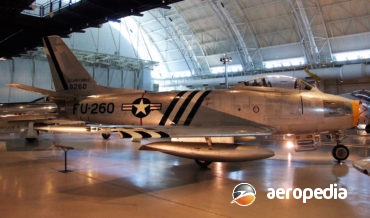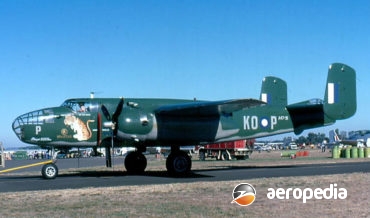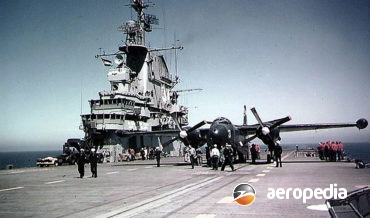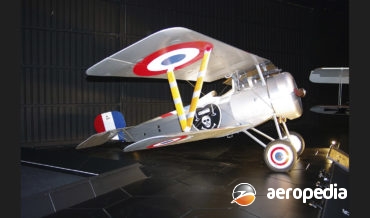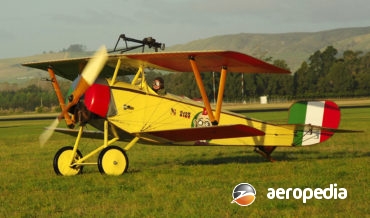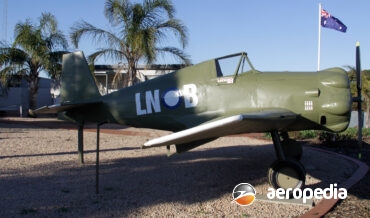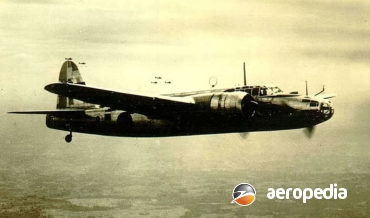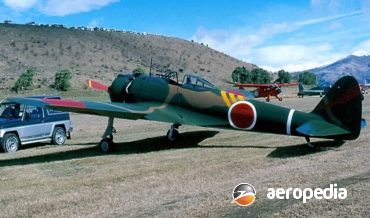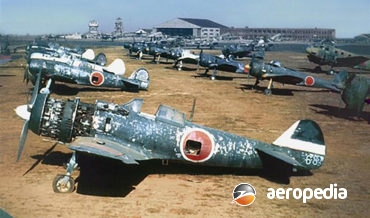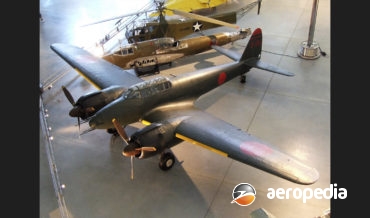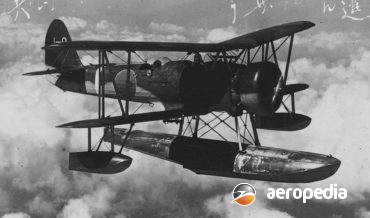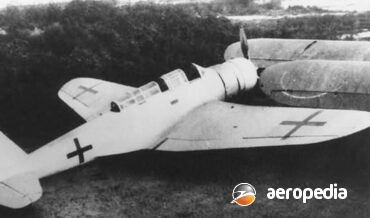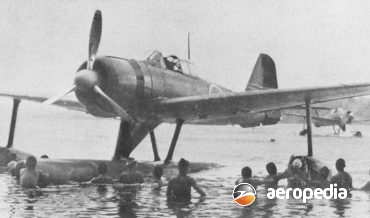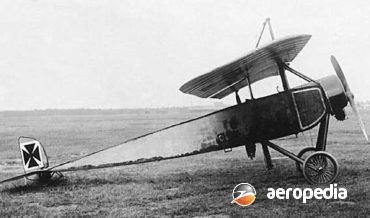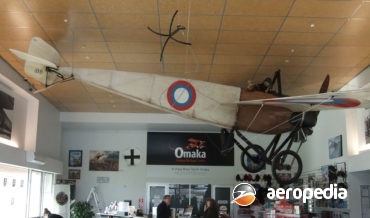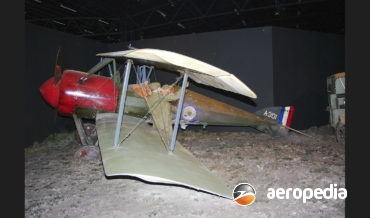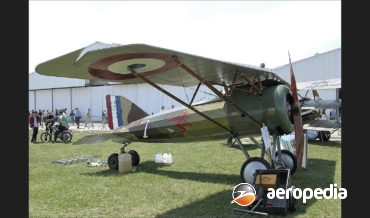All Contents
Contents
In 1913 the Royal Aircraft Factory at Farnborough commenced the design of a series of aeroplanes suitable for reconnaissance, the aim being to produce a stable machine so the crew could concentrate on the task at hand.
David C. Eyre
- May 19, 2019
Built by the Royal Aircraft Factory at Farnborough, the FE.2 (Fighter Experimental 2) first appeared in 1911, entering production in August 1913 as a fighting scout aircraft.
David C. Eyre
- May 19, 2019
The BE.12 was a single-seat fighter developed in 1915. The prototype was a re-built BE.2c (serial 1697), being a two-bay equal-span biplane with a Royal Aircraft Factory 4a engine.
David C. Eyre
- May 19, 2019
In 1912 the Royal Aircraft Factory (formerly the Army Aircraft Factory) produced the BE.2 with a 52 kw (70-hp) Renault engine.
David C. Eyre
- May 19, 2019
Considered by many to be one of the, if not the, most produced aircraft of all time, with estimates of aircraft completed ranging from 30,000 to 40,000, the Polikarpov PO-2, also known as the U-2, primary trainer biplane flew for the first time on 7 January 1928.
David C. Eyre
- May 19, 2019
The PC-9 was a development of the very successful PC-7 Turbo-Trainer, the latter having the flat-rated 410 kw (550 shp) PT6A-25 engine and the PC-9 having the PT6A-62, flat-rated at 709 kw (950 shp) for take-off.
David C. Eyre
- May 19, 2019
Following the interest, and some success, with Triplanes by other manufacturers in Europe, Pfalz developed the Dr.1 Triplane, the prototype of which was powered by a 119 kw (160-hp) Siemens Halske Sh III geared rotary engine.
David C. Eyre
- May 19, 2019
In the late fifties design and development took place in Poland, Czechoslovakia and the USSR of a series of two-seat military trainers to meet a common requirement, the proposal being that the best design of the three (TS-1 Iskra, L-29 Delfin and Yak 30) would be chosen for use by
David C. Eyre
- May 19, 2019
Based on the I-180 series, the I-185 was designed in 1940, which itself was developed from the I-16 but was virtually a new design.
David C. Eyre
- May 19, 2019
Pilatus Flugzeugwerke based at Stans. was established on 16 December 1939 to produce aircraft and one of its designs was the P-3 tandem two-seat trainer (HB-HON) first flown on 3 September 1953.
David C. Eyre
- May 19, 2019
The Pfalz D.XI appeared at the June 1918 German fighter trials at Adlershof and was shown in two models, one with a Mercedes D.IIIa engine and the other with a BMW III engine.
David C. Eyre
- May 19, 2019
The Provost replaced the Percival Prentice in service in 1953 as the basic training aircraft for the Royal Air Force.
David C. Eyre
- May 19, 2019
The fastest biplane ever to see operational service, the I-153 made its operational debut during the Spanish Civil War, during which it became known as the Chaika (Gull).
David C. Eyre
- May 19, 2019
Since the 1970s Pilatus Aircraft at Stans in Switzerland has been involved in the design and development of turboprop-power trainers for air forces, resulting in the PC-7, PC-9, and later the PC-21
David C. Eyre
- May 19, 2019
The Plalz D.III or Scout was built by the Pfalz Flugzeug Werke on the Rhine River and designed by Rudolfo Gehringer following the completion of orders for the E-type monoplanes.
David C. Eyre
- May 19, 2019
The I-16 (known as the Ishak or Rata) was designed by a team headed by Nikolai Polikarpov and was flown for the first time on 31 December 1933 fitted with a 336 kw (450-hp) M-22 engine (licence built Bristol Jupiter) and achieved a max speed of 360 km/h (224 mph).
David C. Eyre
- May 19, 2019
The P-61 Black Widow was built to meet a USAAF specification issued in 1940 for a large heavily armed night fighter.
David C. Eyre
- May 19, 2019
In 1954 the USAF issued a requirement for a supersonic trainer and the Northrop Corporation entered the N-156T trainer, at the same time developing a single-seat variant known as the N-156F. The two-seater became the T-38 Talon, the prototype making its first flight at Edwards Air Force Base on 10
David C. Eyre
- May 19, 2019
The T-28 series of aircraft was designed by North American Aviation as a replacement for that Company’s very successful T-6 series as a standard basic trainer for the US military services, but in the event it was not particularly successful in that role and was developed into a counter insurgency
David C. Eyre
- May 19, 2019
Following the decision to fit the Rolls Royce Merlin in the Mustang, the Packard Motor Co began licence production of the engine at its Detroit facility, the engine to be fitted to the P-51B.
David C. Eyre
- May 19, 2019
In 1963 a specifications was evolved by the US Navy for a Light Armed Reconnaissance Aircraft with mission profiles to cover armed reconnaissance, close air support, helicopter escort, personnel and cargo transportation, photographic and target reconnaissance, and forward air control.
David C. Eyre
- May 19, 2019
The O-47 was an observation aircraft built for the US Army. Accommodation was provided for three in tandem under a large canopy.
David C. Eyre
- May 19, 2019
When production ceased, some 15,000 North American NA-16s in a variety of versions had been built in the USA, or under licence in the Netherlands, Sweden, Japan, Canada, and, in Australia in much modified form as the Wirraway.
David C. Eyre
- May 19, 2019
In November 1944 North American initiated the design (NA.134) of a high-performance fighter aircraft to be powered by a turbojet engine and in May 1945 a contract was received for three XP-86 single-seat fighters.
David C. Eyre
- May 19, 2019
The B-25 Mitchell was probably the best all-round light-to medium twin-engine bomber to be operated on the Allied side during World War II. Named after Colonel William (Billy) Mitchell, an exponent of aircraft for bombing, the type became well known when a flight of Mitchells was flown from the flight
David C. Eyre
- May 19, 2019
The AJ-1 Savage was the first aircraft in the category of bomber with a strategic capability designed and built for the US Navy. On 13 August, 1945 a design competition was announced for a carrier-based aircraft capable of carrying a 4,536 kg (10,000 b) bomb, the contract being awarded to
David C. Eyre
- May 19, 2019
Development of the Nieuport series continued during World War I, and new models introduced included the Types 23, 24 and 27.
David C. Eyre
- May 19, 2019
Edouard de Nieuport, one of the pioneers of early flight, began design of a monoplane in 1905, and set up a facility at Suvesnes in 1909 where a number of advanced designs were built under the name Nieuport.
David C. Eyre
- May 19, 2019
Following the conclusion of World War II large numbers of ex-RAAF aircraft were sold from military bases in Australia as the aircraft were no longer required, most being scrapped for their metal value. Amongst these were Avro Ansons and Airspeed Oxford twin-engine trainers.
David C. Eyre
- May 19, 2019
The Nakajima Ki-49 series known as the Donryu (Storm Dragon) was designed to supercede the Mitsubishi Ki-21 bomber, which was then just entering Japanese Army service, and the prototype (c/n 4901) was first flown in August 1939.
David C. Eyre
- May 19, 2019
The “Oscar”, as it was known to the allies, proved to be a very successful fighter in combat early in its career.
David C. Eyre
- May 19, 2019
Work on the Ki.84 series commenced in early 1942, being aimed at eventually replacing the Ki.43 in Imperial Army service. The prototype was rolled out in March 1943 at Ojima airfield.
David C. Eyre
- May 19, 2019
The J1N1 Gekko (moonlight) was conceived by the Japanese Naval Bureau of Aeronautics in June 1938 for a twin-engine fighter, and the Nakajima Hikoki K K put forward a proposal designed by a team lead by Katsuji Nakamura, which was accepted, a contract being awarded in 1939, and the prototype
David C. Eyre
- May 19, 2019
The Japanese Navy issued a specification in 1933 for the development of a two-seat reconnaissance aircraft to operate from vessels of the Imperial Japanese Navy. Three new types were entered in the competition, from Aichi, Kawanishi and Nakajima.
David C. Eyre
- May 19, 2019
The B5N series (Type 97 Attack Bomber) was designed by the Nakajima Aircraft Co Ltd of Ota, Japan as a carrier-borne dive bomber, the prototype fitted with a 574 kw (770-hp) Nakajima Kikari 3 radial engine, first flying in January 1937.
David C. Eyre
- May 19, 2019
Single-engine fighter and fighter-bomber seaplaneDue to the lack of available airstrips on some of the islands Japanese forces were taking during World War II it was decided to develop a floatplane fighter version of the Mitsubishi A6M Zero-Sen fighter, and, as Mitsubishi was fully involved in producing the land-based variant,
David C. Eyre
- May 19, 2019
The Type L was a parasol wing single or two-seat parasol wing fighter designed in 1914 for surveillance and artillery observation, being built by Morane Saulnier with a single machine gun firing through the arc of the propeller, which was protected by armoured deflector wedges.
David C. Eyre
- May 19, 2019
The Societe anonyme des Aeroplanes Morane-Borel-Saulnier was founded in 1911 and commenced the construction of aircraft, one of the first, the Morane-Borel monoplane, making a flight from Paris to Madrid from 21 to 26 May that year.
David C. Eyre
- May 19, 2019
The Model BB was one of a number of fighter designs produced in France during World War I by Societe Anonyme de Aeroplanes Morane-Saulnier.
David C. Eyre
- May 19, 2019
In 1917 Morane-Saulnier designed two fighter aircraft using the fuselage that had been built for the Type AC and which had the Gnome Monosoupape rotary engine.
David C. Eyre
- May 19, 2019
Recent Comments
Archives
Categories
- No categories
Categories
- No categories
Latest Posts
Newsletter

